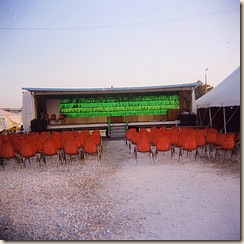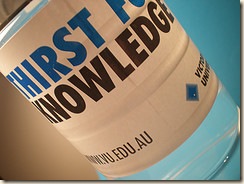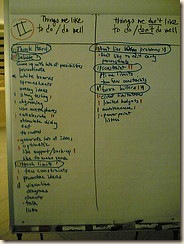We came back to school on Monday after spring break, only to dive right in to our review for the Very Big Deal Government Mandated Test which is in a few weeks.
Oh yippie.
In any case, the kids were kind of tired and out of sorts on Monday, but we had about five minutes left at the end of the period so I decided to introduce them to Molly the Barn Owl. What can it hurt? It's science, after all, and if it gets them excited about science, it's a good thing. (There are times I wish I could teach about animals, but alas, I cannot.)
They loved it! (How could they not? It's just addicting.) It went over so well, that I managed to squeeze in a few minutes of it every period that day.
The next morning I had The Fifth Period Class From the Very Depths of Hell Itself for our 30 minute Snowbird Period. (The 30 minute block of time we're squeezing in each morning to help make up for the extra snow days we used.) This is a class of underachievers and behavior problems, so having them first thing in the morning wasn't exactly my (or anyone's) cup of tea.
However. A couple of the kids, including Skater Goober, Elf Boy and Lunch Boy all crowded around me and asked if we could watch Molly.
"If we get through everything we need to, and you're good, yes, we can watch Molly," I responded. With this group, I'm not above bribing them.
The next thing I knew these three, along with a few other of my usual cast of miscreants, were telling everyone to hush and get their work done. It was amazing. We did our assignment, they were actually nice to each other, and the time flew by. They earned it. I put Molly up on the Big Huge Screen I have in the room, and they were awed.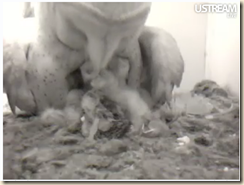
"Why's it in black and white?" Skater Goober asked.
"Molly is in California and it's only 6 am there, so it's dark. You're watching it on the night vision camera," I said.
About 30 seconds after I turned on the live video feed, this huge crashing noise came out of the speakers, two skinny owl legs appeared on the screen and Molly and her mate McGee (owner of the skinny owl legs) began screeching and carrying on.
Oh my gosh! I couldn't believe it! McGee, her mate, only hunts and visits during the nighttime, and you can sit and watch your computer for hours and never see him. I flip it on and in seconds he shows up!
The kids went wild! "What's he doing?", "Why are they screeching?"
"What's going on?" The questions flew fast and furious. The
screeching ended, McGee left, and then, in unison..."OH MY GOSH, SHE'S GOT A MOUSE IN HER MOUTH!"
She did indeed. McGee, apparently brought her breakfast.
So very, very cool.
Of course, all the kids in The Fifth Period Class From the Very Depths of Hell Itself had to tell the kids that THEY got to see McGee, and THEY got to see Molly with a mouse, and THEY got to see her tear into it and feed her babies (honestly, even some of my girlie girls were interested in that). So of course, now every class wants to watch Molly.
And of course, I let them...if they get all their work done.
Which they are doing.
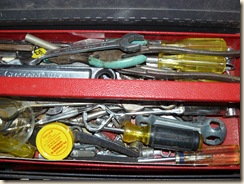 Here are some interesting sites that I’ve found this week, thanks to my Personal Learning Network (PLN). As a teacher, I feel we have to keep up to date concerning research in our field and current issues in the education system. I hope some of these inspire you, inform you, and even have you asking questions. Thank you for coming by and visiting!
Here are some interesting sites that I’ve found this week, thanks to my Personal Learning Network (PLN). As a teacher, I feel we have to keep up to date concerning research in our field and current issues in the education system. I hope some of these inspire you, inform you, and even have you asking questions. Thank you for coming by and visiting!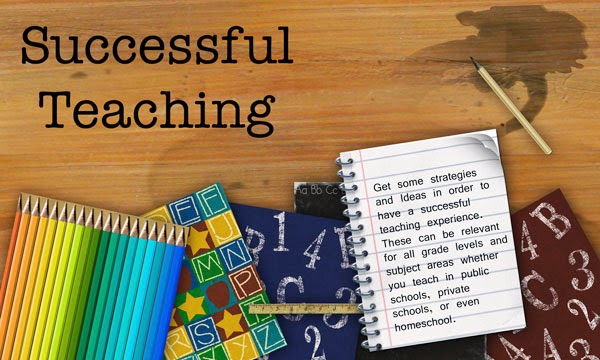

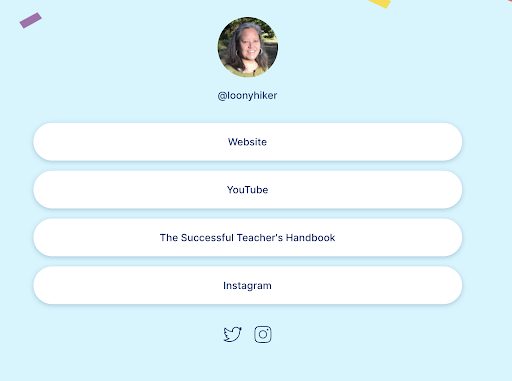







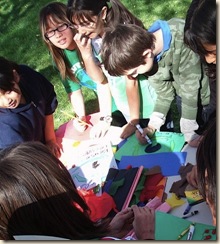

 Innovator Award
Innovator Award

